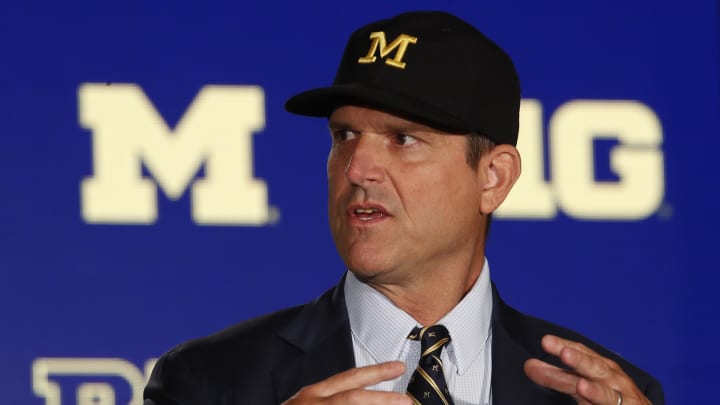A JERSEY GUY: Big Ten Move--No Harm, No Foul?

The question that cannot be answered for the next several weeks, if months and years, is simple.
What long-term effect will the Big Ten's decision to not cancel football this fall have on college football, as well as the conference?
My guess is this: Once everyone starts playing games, the hysteria in the Big Ten of the past five weeks will quickly be forgotten.
The narrative will have changed. Games will be played and old-fashioned arguments about who deserves to be ranked higher will then dominate the conversation.
If there is any lingering discussion about the Big Ten's To Play or Not To Play'' production, it is from conference critics who were fed up with the arrogance of the conference and take pleasure in watching the Big Ten shield so to speak tarnished with suits, revolts and public bickering.
This is not to even remotely suggest that there will not be problems which must be addressed.
The Big Ten's biggest challenge will to play a 9-game regular season/ championship game schedule in a nine-week time slot.
Here's a suggestion to make it simple. Simply try to use the original 8-game schedule the Big Ten had before the COVID-19 pandemic arrived.
With that in mind, this is how the opening of the Big Ten schedule might look on the weekend of October 23-24.
1. Rutgers at Ohio State
2.Northwestern at Penn State
3. Indiana at Wisconsin
4. Iowa at Minnesota
5. Purdue at Nebraska
6. Maryland at Michigan
7. Michigan State at Illinois
There will also be debates about "fairness' when the new 8-game (down from 10 as originally rescheduled) schedule is released.
There is absolutely no wiggle room for any kind of shutdown or suspension of play. Any COVID-19 issues that cause a problem will have severe consequences.
The Big Ten, of course, created its own problems with its original premature decision suspend football operations.
The good news for the Big Ten is that the conference has five weeks to work out any kinks in the system.
It has time to get testing procedures in place.
It has time in which COVID-19 cases on their campuses and in their states may quiet down for a period.
And it also has the option that, if things turn dramatically worse in the next five weeks, it can simply shut down the football programs again.
If that happens, the conference presidents can legitimately say, "We gave it our best shot.''
***
With four of the five Power 5 conferences scheduled to play games only the Pac-12 remains outside the loop. But that conference has other issues (wild fires in Oregon and California) that go far beyond anything the Big Ten has had to deal with.
Whether the Pac-12 starts this season or not is almost a moot point. They can't begin before late October, which means they can't play any kind of full season.
But if there are cancellations in other leagues, the Pac-12 could squeeze into the race.
